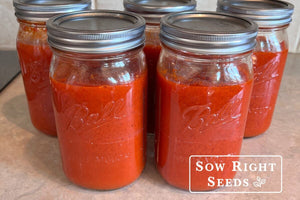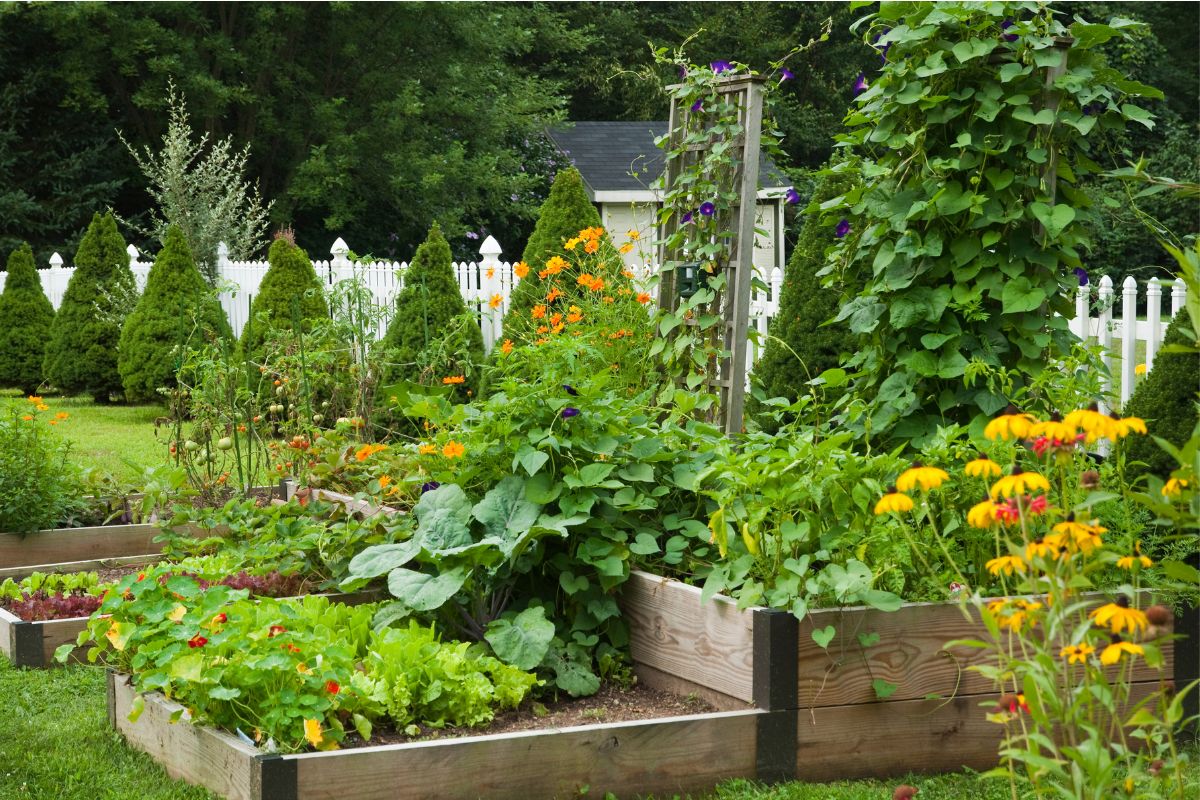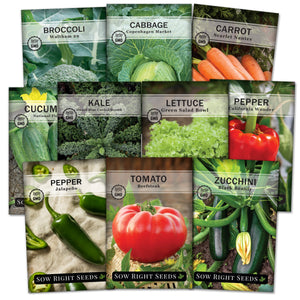What Are Plant Hardiness Zones? Using the 2023 Map to Plan Your Garden.
Beginner gardeningAs you plan your garden, you will find many references to your plant hardiness zone. Regions of the United States are divided by the local climate into hardiness or planting zones. These areas are then used to help growers decide what plants will do best in their area.

USDA Plant Hardiness Zone Map
The USDA Plant Hardiness Zone Map is a handy, interactive tool to help you decide which plants will thrive where you are.
The map was created with data collected from weather stations throughout the United States. It was updated most recently in 2023 by Oregon State University’s PRISM Climate Group and the USDA Agricultural Research Service. This newest edition is even more precise than the 2012 version and includes data from 13,625 weather stations.
Source: USDA Plant Hardiness Zone Map, 2023. Agricultural Research Service, U.S. Department of Agriculture. Accessed from https://planthardiness.ars.usda.gov/
What is My Gardening Zone?
The zones are divided based on the average minimum winter temperatures in 10-degree Fahrenheit units. The map divides the United States and Canada into 13 zones, with Zone 1 being the coldest and Zone 13 the hottest. The pattern of these zones falls into rough North to South bands.
However, local geography, like lakes, mountains, deserts, and urban areas, can result in different zones at the same latitude, so it’s helpful to refer to the map instead of making guesses based on how far north or south you are.
How To Use Hardiness Zones
Once you find out your hardiness zone, you’ll know the average lowest winter temperatures in your area. That will help you choose plants that can survive winters in your climate and keep you from planting seeds or transplanting seedlings too early. Both novice and expert gardeners can use this tool to avoid planting seeds that would die during the winter or after a spring frost.
Even if your climate isn’t ideally suited to a particular plant, the hardiness zones can help you grow. If you decide to grow a plant that wouldn’t ordinarily grow in your zone, you’ve got a head start by knowing how cold it can get in your area and the lowest temperatures your plants can survive. In addition, it will help you to plan when to bring seedlings outdoors, which plants you need to grow in a shelter, or if you need to cover your plants for extra protection during a frost warning.
Gardening zones aren’t the only factor in planning your garden. Your hardiness zone won’t tell you expected frost dates, the amount of sunlight your garden will receive, or how much water to expect. However, your hardiness zone is an important guideline to consider as you get started and plan to grow for your particular situation.
Written by Teresa Chandler
Knowing your hardiness zone will help you plan a successful garden for your area.
Popular Posts
-

Fresh Homemade Tomato Sauce Recipe for Canning
-

How to Grow Long-Lasting, Fragrant, Heirloom Carnations











Leave a comment